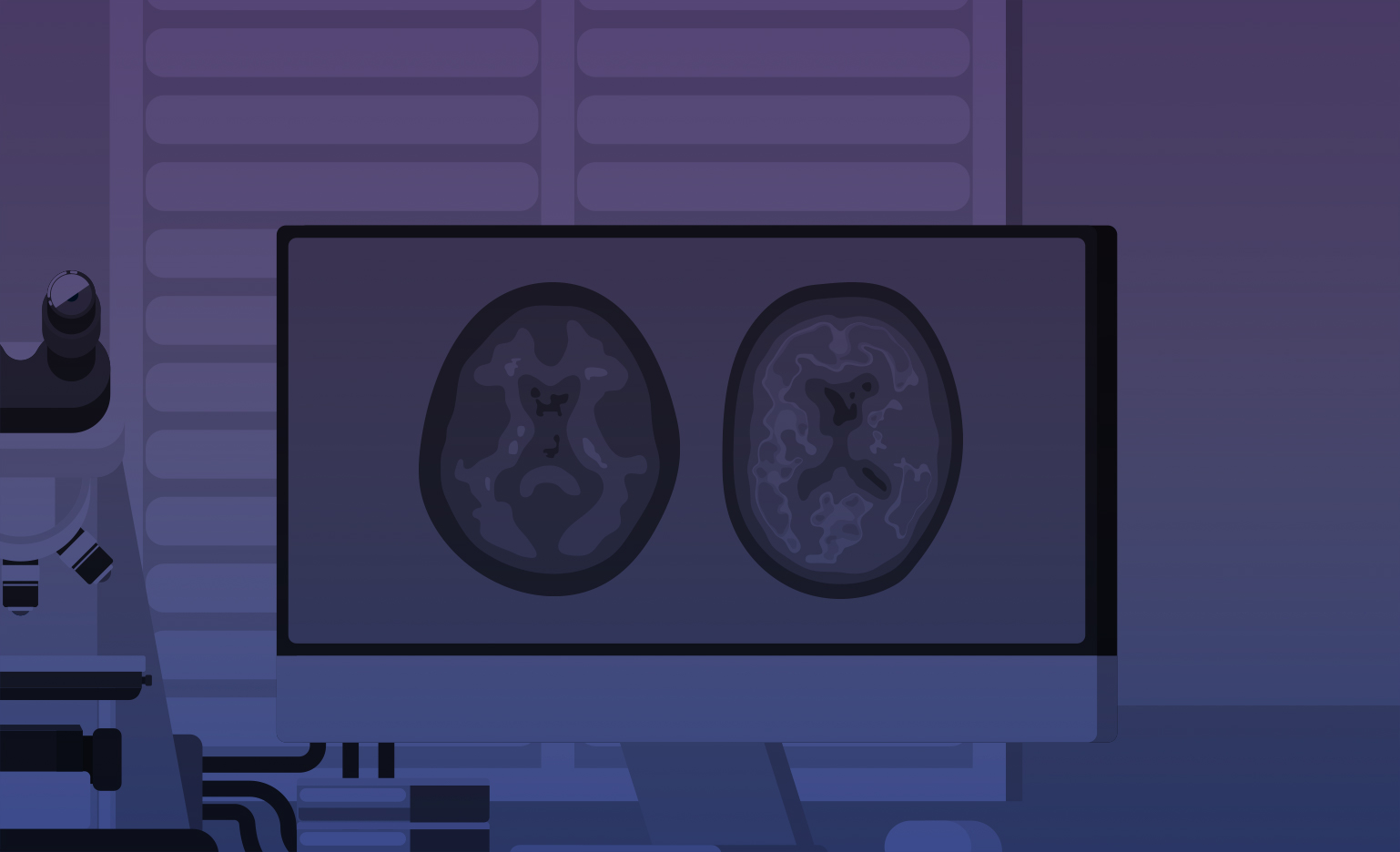Northeastern University
Northeastern University
Expedient and Versatile Methods for the Production of Investigational Drugs for SPECT and PET Imaging of AD
AD affects >5% of the population over 65, rising to 20% of those over 80. Drugs capable of treating some of the effects of AD are being developed (risperidone and donepezil being among the more prominent), but it is generally recognized that early detection of the disease can widen the range of intervention options available. While diagnosis of AD is ultimately effective based on extensive clinical and laboratory observations, such is often not possible at the time of initial visits, requiring many years of observation. For this reason there is a dire need for accurate and meaningful clinical imaging technologies. Single photon emission computed tomography (SPECT) and positron emission tomography (PET) are two of the most promising technologies for clinical neuroimaging. In addition to providing insight to metabolic events and structural mapping, radionuclide imaging can be applied to investigational drug development by assessing the potency of agents used in combination with a SPECT or PET ligand. Though powerful, a limiting factor of these technologies is that the molecules used are chemically unstable and must be prepared and administered to the patient immediately prior to imaging, placing substantial limitations on the chemistry involved. As a consequence, only one FDA approved PET imaging drug has entered routine clinical use -- 18F, known as FDG. In the case of CNS disorders, where brain mapping is desired, FDG has limited applications since the imaging agent must not only cross the blood-brain barrier, but also target a defined area of interest, e.g. a specific receptor in the brain.There exists an acute need for new technologies for the production of imaging agents in order that the full potential of SPECT and PET is realized in prognostic and diagnostic medicine and drug development for CNS disorders. A general challenge thus exists for medicinal chemists to be able to modify drugs with defined biological targets by rapidly and selectively introducing radionuclides to create "piggybacked" agents for SPECT and PET brain imaging. The chemistry community is now rising to this challenge and Northeastern University (NU) is playing a leading role. A major advance was recently made by chemists working in collaboration with NU's Center for Translational Imaging (CTI). The technology, which uses microwave energy, promises to allow routine synthesis of designed imaging agents for PET and SPECT, and if developed fully is likely to have a substantial impact in the field.We seek support to allow proof-of-principle studies on initial applications of this new technology for the study of CNS disorders. Extremely detailed brain imaging maps can be developed using PET and SPECT scanning, and in the case of AD and related CNS disorders (e.g. Frontotemporal Dementia), plaque formation can be assessed together with metabolic activity, and the 18F labeled dopamine agonist nifrolidine is expected to give insight based on its existing role in the diagnosis of AD. Beyond assessments of CNS activity, we expect the general methods will also be of use during the development of investigational new treatments for PD and AD, by rapidly assessing the distribution of drugs in the brain.

